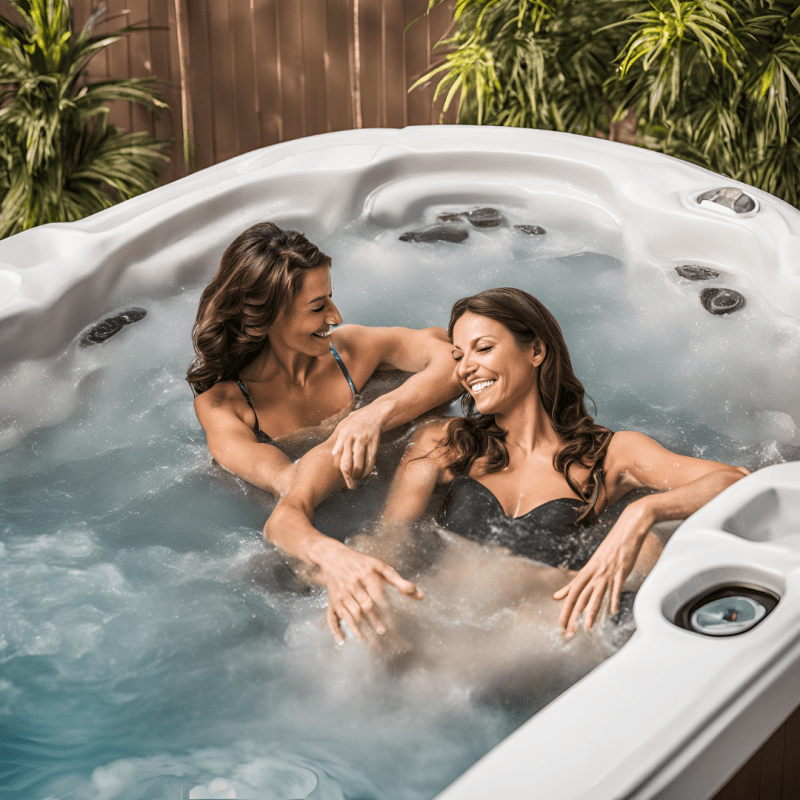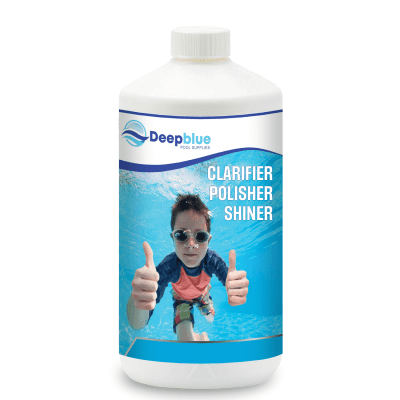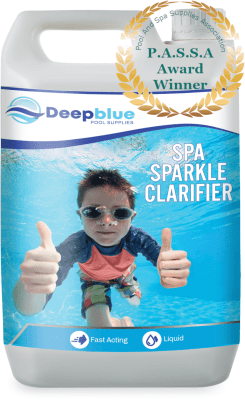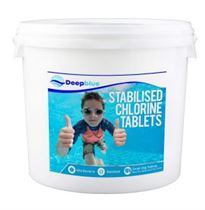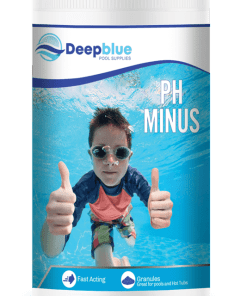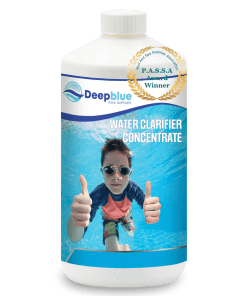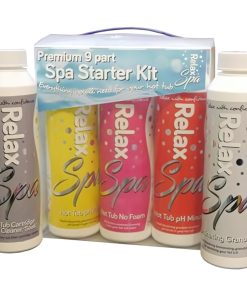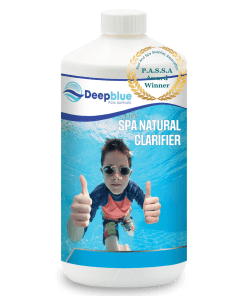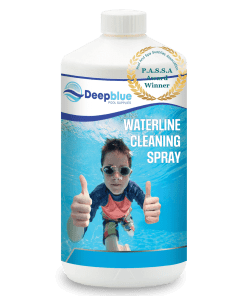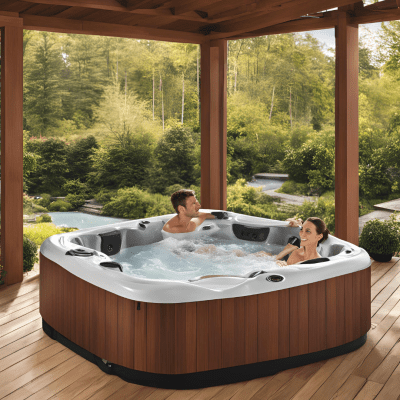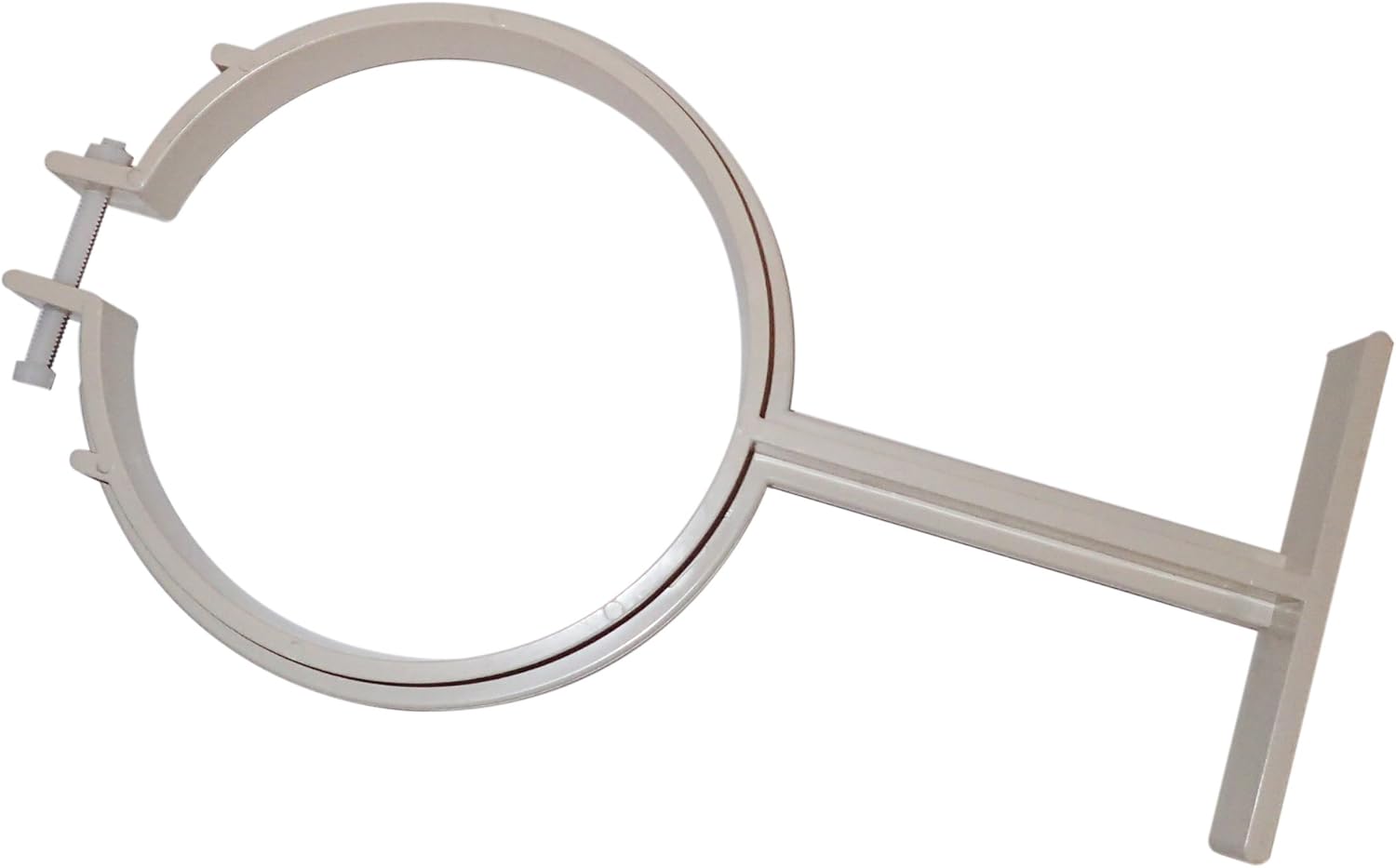Owning a hot tub is a luxurious experience, but it comes with the responsibility of keeping the water clean and balanced. Neglecting water maintenance can lead to cloudy water, unpleasant odors, skin irritation, and even damage to your hot tub components. With the right approach, maintaining hot tub water is easy and ensures that you enjoy your hot tub to the fullest.
This guide will cover all the essential steps to keep your hot tub water sparkling clean, safe, and ready for use year-round.
Understanding the Basics of Hot Tub Water Chemistry
Maintaining water balance in a hot tub is essential for keeping it safe and comfortable to use. The key elements you’ll need to monitor are pH levels, alkalinity, and sanitizer levels.
- pH Levels: The pH scale measures how acidic or basic your hot tub water is, with a scale from 0 to 14. The ideal pH range for hot tubs is between 7.2 and 7.6. If the pH is too low (acidic), it can cause skin and eye irritation, as well as corrode the tub’s components. If the pH is too high (basic), it can lead to cloudy water and scaling on surfaces.
- Alkalinity: Total alkalinity acts as a buffer for pH, helping to prevent sudden fluctuations. The recommended total alkalinity level is between 80 and 120 ppm (parts per million). If alkalinity is too low, pH levels can fluctuate wildly. If it’s too high, it can cause pH to rise uncontrollably and make the water feel less comfortable.
- Sanitizer Levels: Sanitizers like chlorine or bromine are essential for keeping hot tub water free of bacteria, algae, and other harmful organisms. The ideal chlorine level is 3-5 ppm, while bromine should be between 3-6 ppm.
Step 1: Regular Water Testing
To maintain balanced water chemistry, regular testing is a must. Use test strips or a liquid test kit to check your water at least 2-3 times a week, especially if the hot tub is used frequently. Testing will give you accurate readings of pH, alkalinity, and sanitizer levels, allowing you to make necessary adjustments.
- Test strips: Dip a strip into the water and compare the colors on the strip to the guide provided.
- Liquid test kits: Add water samples to test tubes and apply reagents to get a more accurate measurement.
After testing, adjust the water chemistry as needed using the appropriate chemicals.
Step 2: Balancing pH and Alkalinity
If your water’s pH or alkalinity levels are off, it’s important to correct them promptly to avoid potential damage or discomfort.
- To raise pH or alkalinity: Use sodium bicarbonate (also known as baking soda) to raise alkalinity levels. Add 1 tablespoon of baking soda per 100 gallons of water and retest after 30 minutes.
- To lower pH or alkalinity: Use a pH decreaser (sodium bisulfate). Add according to the manufacturer’s instructions, usually about 1 ounce for every 500 gallons, and retest after 30 minutes.
Keep in mind that adjusting alkalinity can affect pH and vice versa, so it may take a few tries to get the balance just right.
Step 3: Sanitizing Your Hot Tub
Sanitizing the water is crucial for eliminating harmful bacteria and maintaining a healthy hot tub environment. The two most common sanitizers are chlorine and bromine.
- Chlorine: Chlorine is fast-acting and effective at killing bacteria and viruses. Use granulated chlorine to maintain levels between 3-5 ppm. Add chlorine after every use or every 2-3 days for light use.
- Bromine: Bromine is more stable at high temperatures, making it ideal for hot tubs. It’s gentler on the skin and eyes than chlorine, though it works more slowly. Maintain bromine levels between 3-6 ppm and add more every few days as needed.
Step 4: Shocking the Water
Even with regular sanitizing, contaminants can build up in the water over time. Shocking the water is the process of adding a large dose of chlorine or non-chlorine shock to break down organic waste and clear up cloudy water.
- When to shock: Shock your hot tub once a week, or after a period of heavy use.
- How to shock: Follow the manufacturer’s instructions for the correct dosage based on the size of your hot tub. Typically, you’ll add 1-2 tablespoons of shock per 500 gallons of water. Make sure the jets are running to distribute the shock evenly. Wait until the chlorine or bromine levels return to normal (usually 24 hours) before using the tub.
Step 5: Cleaning the Filters
Filters are responsible for removing dirt, oils, and debris from your hot tub water, so keeping them clean is essential for clear water. Dirty filters can lead to cloudy water and strain your hot tub’s pump.
- How to clean filters: Every 1-2 weeks, remove the filter and rinse it thoroughly with a garden hose to remove surface debris. Every 3-4 months, give the filters a deep cleaning by soaking them in a filter cleaning solution overnight.
- When to replace filters: Filters should be replaced every 12-24 months, depending on usage.
Step 6: Draining and Refilling the Hot Tub
Over time, the water in your hot tub becomes saturated with chemicals and contaminants, making it difficult to maintain proper water balance. Draining and refilling the hot tub every 3-4 months ensures that your water stays fresh and clean.
- How to drain the hot tub: Turn off the power and use the drainage valve to empty the hot tub. Once drained, scrub the interior with a non-abrasive cleaner to remove any build-up or stains. Rinse thoroughly before refilling with fresh water.
- How to refill: Attach a garden hose to the filter compartment to fill the tub. Once filled, turn the power back on and check the water chemistry to ensure it’s properly balanced.
Step 7: Preventing Foam and Cloudy Water
Foam and cloudy water are common issues in hot tubs, often caused by contaminants like oils, lotions, and detergents. Here’s how to prevent and address these problems:
- Preventing foam: Shower before entering the hot tub to remove lotions, oils, and deodorants. Use an anti-foam product if foam becomes a persistent problem. Add 1-2 capfuls of anti-foam solution directly to the water when needed.
- Clearing cloudy water: Cloudy water can result from unbalanced pH or sanitizer levels, dirty filters, or excess contaminants. If you notice cloudy water, check and balance the water chemistry, clean the filters, and shock the water.
Step 8: Maintaining Water Quality with Enzymes
Enzyme-based water treatments can help break down organic matter like body oils, lotions, and sweat, which contribute to cloudy water and scum build-up. Adding an enzyme treatment to your maintenance routine can help keep your water clear and reduce the need for frequent shocking.
- How to use enzymes: Follow the product instructions for dosage, usually 1-2 ounces of enzyme treatment added once a week. Enzymes work alongside sanitizers to improve water quality and reduce chemical use.
Step 9: Cover Maintenance
Your hot tub cover plays a critical role in keeping debris out of the water and reducing energy costs by trapping heat. Over time, covers can become waterlogged or damaged, affecting their performance.
- Cleaning the cover: Clean the cover regularly with a mild soap and water solution. Avoid harsh chemicals that can damage the material. Rinse thoroughly and allow the cover to dry completely.
- Replacing the cover: If your cover becomes waterlogged or damaged, replace it immediately to prevent heat loss and debris from entering the water.
Conclusion
Maintaining hot tub water requires attention and regular care, but it’s well worth the effort to keep your hot tub running smoothly and your water clean and safe. By following these steps—testing and balancing the water, sanitizing, cleaning filters, and draining periodically—you’ll ensure a healthy and enjoyable hot tub experience for you and your guests. Proper maintenance not only extends the life of your hot tub but also ensures that you can relax and soak without worries.
Some products you might be interested in:
Rated 4.47 out of 5
£18.73 £13.86
Rated 4.51 out of 5
£34.34 £25.41
Rated 4.50 out of 5
£14.79 £10.94
Rated 4.51 out of 5
£35.68 £28.54
Related Products
Related Articles
 Certikin Fastlane Swim Pace Led Display - Ep3 (EPFL9/EP3)
1 ×
Certikin Fastlane Swim Pace Led Display - Ep3 (EPFL9/EP3)
1 × Certikin Faceplate Assembly & Housing For Liner Pools (Includes Gaskets, Fittings & Screws) (SFBPF)
1 ×
Certikin Faceplate Assembly & Housing For Liner Pools (Includes Gaskets, Fittings & Screws) (SFBPF)
1 × Certikin Cg700 Stainless Steel Adaptor Kit For One-Piece Pools (FLAD02RPSS)
1 ×
Certikin Cg700 Stainless Steel Adaptor Kit For One-Piece Pools (FLAD02RPSS)
1 × Plastica Hayward 715 2in Variflo Multiport Valve
1 ×
Plastica Hayward 715 2in Variflo Multiport Valve
1 ×
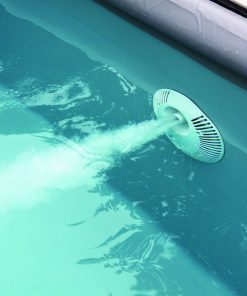 Certikin Faceplate Assembly & Housing For Liner Pools (Includes Gaskets, Fittings & Screws) (SFBPF)
Certikin Faceplate Assembly & Housing For Liner Pools (Includes Gaskets, Fittings & Screws) (SFBPF) 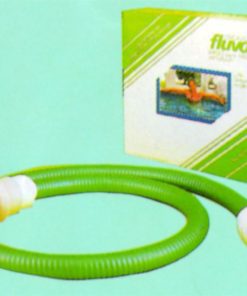 Certikin Cg700 Stainless Steel Adaptor Kit For One-Piece Pools (FLAD02RPSS)
Certikin Cg700 Stainless Steel Adaptor Kit For One-Piece Pools (FLAD02RPSS) 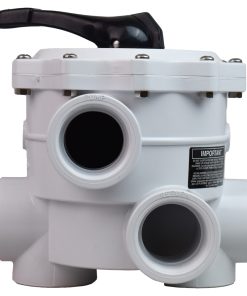 Plastica Hayward 715 2in Variflo Multiport Valve
Plastica Hayward 715 2in Variflo Multiport Valve 